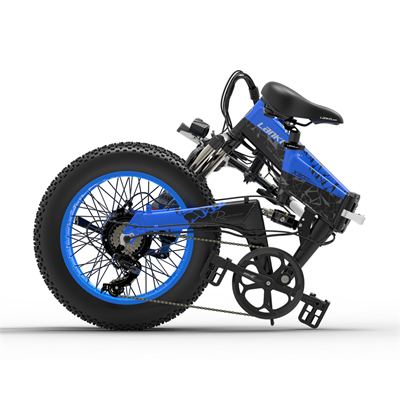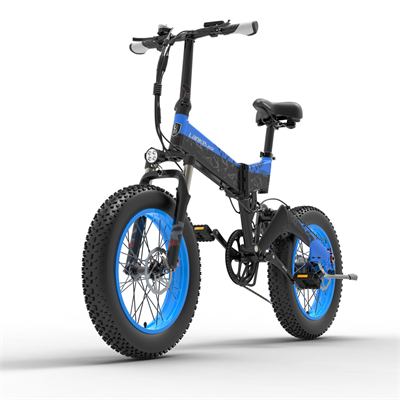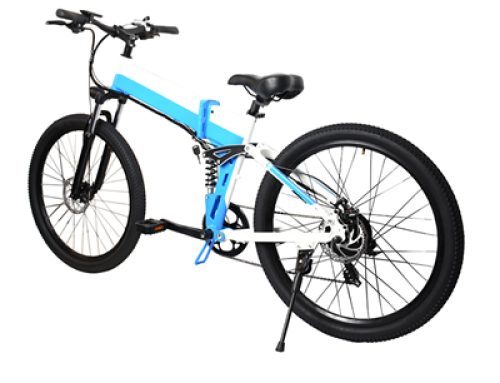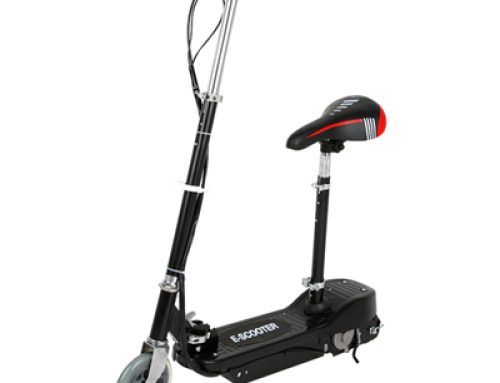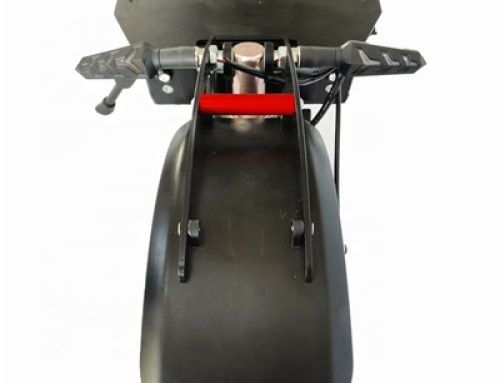As of my last update in September 2021, practical hoverboards like the ones depicted in movies were not yet widely available. However, I can provide you with a general overview of how they might work based on theoretical concepts and existing technologies up to that point.
- Propulsion Mechanism: The primary challenge of hoverboards is achieving stable levitation and propulsion. One theoretical approach involves using electromagnetic repulsion or attraction. Electromagnetic coils embedded in the hoverboard and in the ground could create magnetic fields that push the hoverboard away from the ground, allowing it to hover. Adjusting the strength and direction of these magnetic fields could control the board’s movement.
- Stabilization and Control: Advanced stabilization and control systems would be necessary to maintain balance and maneuverability. Gyroscopes, accelerometers, and sensors would constantly monitor the hoverboard’s orientation and adjust the magnetic fields to keep the board level and responsive to the rider’s movements.
- Power Source: Hoverboards would require a powerful and efficient energy source. Advanced batteries or energy storage systems capable of providing sustained power for hovering and propulsion would be essential. This is a critical challenge, as hoverboards would need to carry sufficient energy without being overly heavy or bulky.
- Safety Features: To ensure user safety, hoverboards would likely incorporate redundant systems to prevent accidents and malfunctions. This could include backup propulsion systems, emergency landing procedures, and fail-safes to shut down the device in case of critical errors.
- Infrastructure: For hoverboards to work effectively, specialized infrastructure might be needed. This could involve embedding magnetic tracks or conductive surfaces in roadways to provide the necessary magnetic fields for levitation and propulsion. Alternatively, hoverboards could be limited to specific environments designed for their operation, such as controlled pathways or designated zones.
- User Interface: Riders would interact with the hoverboard through a user interface. This could be as simple as body movements and shifts in weight, or more advanced with haptic feedback and touch-sensitive controls that respond to the rider’s gestures.
- Advanced Materials: The construction of hoverboards would likely involve lightweight and durable materials to ensure both performance and safety. The design would need to balance strength and stability with the need to keep the overall weight manageable.
It’s important to note that the practical implementation of hoverboards involves numerous technological challenges that would require breakthroughs in multiple fields, including materials science, electromagnetic engineering, battery technology, and more. While some progress has been made in these areas, as of my last update, hoverboards like those seen in movies were still largely a futuristic concept.
For the latest information on any developments that have occurred after September 2021, I recommend checking reliable sources in the field of transportation and technology.
